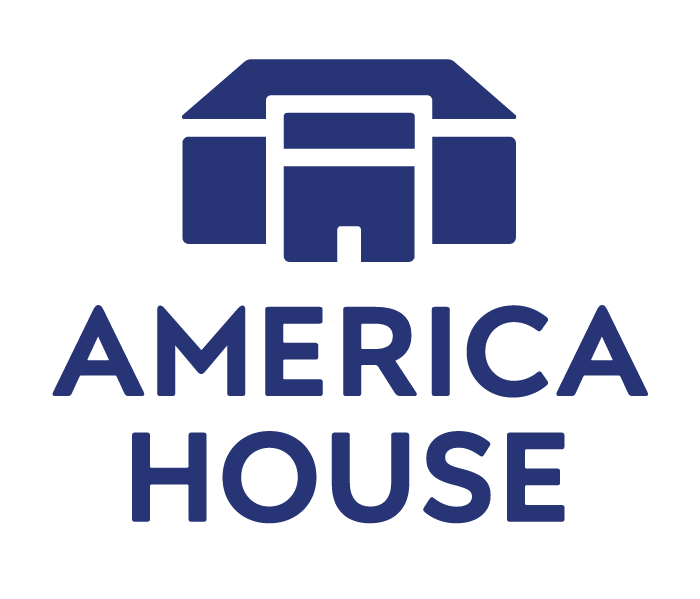Mardi Gras: Celebrating Indulgence
Photo: GPA Photo Archive on Flickr
Though Mardi Gras stems from a religious holiday, its celebration in the United States draws people from many different backgrounds and identities. The first Christian settlers brought their respective cultural traditions from abroad to celebrate the day before Ash Wednesday. After an indulgent celebration of food and festivities on Mardi Gras, Ash Wednesday marks the start of a multi-week journey. Many Christian groups will begin to cleanse themselves before Easter, and Catholic Christians in the United States will give up self-interested behaviors, abstain from eating meats and other fatty foods, and ask for forgiveness.
The best known Mardi Gras festival occurs in New Orleans every year, the spot where most French settlers chose to establish themselves. Now, it has grown to be a full-blown celebration that encompasses American, French, and other multicultural elements. Looking to Pennsylvania, Puerto Rico, Alabama, and Louisiana, the variety of events and ways of celebrating shows the pluralism of the United States.
Photo: AFAR
Pennsylvania
In the state of Pennsylvania, residents usually honor the Mardi Gras traditions of the state’s first German inhabitants, also known as the Pennsylvania Dutch. On Mardi Gras, Pennsylvanians will often cook small donuts, called fasnachts. They are often made with potato and flour, fried, and then covered with powdered sugar. Sometimes, the holiday is referred to as Fasnacht Day because the donuts are so central to the celebration.
Photo: Beyond the Butter
Carnaval de Ponce
Puerto Rico is a territory of the United States, and perhaps the most notable part of the Puerto Rican tradition is the vejigante mask. This is a mask made of paper mache to resemble a devil, and its design is strongly influenced by the African and Taino people of Puerto Rico. The mask features horns, fangs, and bright colors. During the weeks leading up to Carnaval, they are sold in local shops in Ponce for tourists to take home.
Photo: PERIPLO BORICUA on Flickr
Mobile, Alabama
Mobile, Alabama claims to be the first city in the United States to celebrate Mardi Gras. Unlike other celebrations in the United States, there are many secret societies, and some have been around since 1704. Though you may not see any of these secret society members gathering in public or at the parades, they hold private masquerade balls for their members starting in November each year. Some mystic societies have troubling beginnings, but they have grown to be more inclusive with the start of African-American and Jewish mystic societies.
New Orleans, Louisiana
New Orleans is home to the largest Mardi Gras celebration in the United States, and multiple parades take place in the city. Mardi Gras in New Orleans is famous for its purple, yellow, and green colors. It is hard to trace the tradition back to an exact historical moment, but it is rumored that when Grand Duke Alexei Alexandrovich of Russia visited in 1872, his welcoming committee handed out purple, green, and gold beads to Americans. At the time, these colors were associated with and used by Russia. Now, the colors have a symbolic purpose: purple for justice, gold for power, and green for faith.
Mardi Gras varies by region, but at its center, it is the last day of indulgence for a large portion of religious Americans. After a day of celebrating, eating donuts, and going to secret parties, it might be easier to let go of bad habits and mend one’s relationship with their religion. Even if you don’t plan on going to church the next day for Ash Wednesday, everyone is welcome to celebrate Mardi Gras and to enjoy the variety of festivities.
Photo: GPA Photo Archive on Flickr
Vocabulary list:
indulgent (adj.) - welcoming something in excess, allowing someone to do what they want
cleanse (v.) - in a religious context, to “wash away” one’s sins
self-interested (adj.) - motivated by your own personal gain
abstain (v.) - refrain from or choose not to partake in something
full-blown (adj.) - in the most serious or extreme form
multicultural (adj.) - relating to many ethnic or cultural groups in society
pluralism (n.) - a variety of groups, views, or principles
Pennsylvania Dutch (n.) - the German-speaking inhabitants of Pennsylvania, descendants of 17th- and 18th-century Protestant immigrants from the Rhineland
fasnacht (n.) - a type of German donut, also a German word meaning “fast eve”
paper mache (n.) - a mixture of water, paper, and glue that becomes hard when it dries
Taino (n.) - indigenous people of the Carribbean
horns (n.) - bony growth of the head of an animal
fangs (n.) - teeth that are especially sharp and pointed
masquerade (n.) - a social gathering of persons wearing masks and often fantastic costumes
ball (n.) - formal dance party
mystic (adj.) - secretive, shrouded, mysteries known only to the initiated
parade (n.) - a public procession of floats and bands
mend (v.) - to bring back together
ABOUT THE AUTHOR
Bridgette Lang is an undergraduate student studying International Relations at Boston University. On campus, she helps run a collegiate Model United Nations Conference and manages finances for BU College Democrats. In her free time, Bridgette enjoys traveling, trying to learn Spanish, and visiting with her friends and family back home in Pennsylvania.







